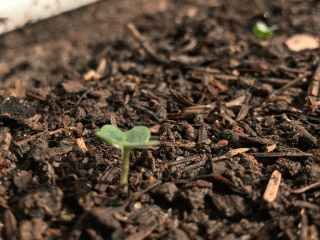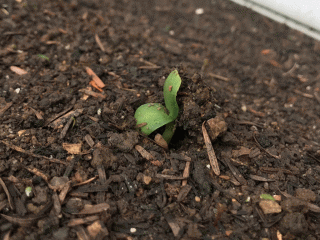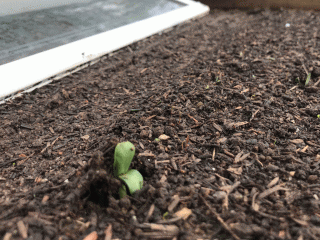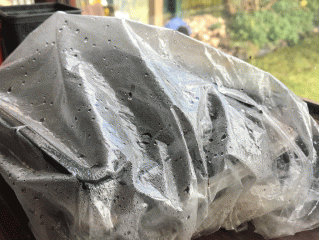Dig for Britain! (a COVID-19 response)



Now that Coronavirus has swept across the globe, it's important to think about food security. We've had issues with supermarket shelves going bare of all those storable items (pasta, toilet roll, etc) but no real issues with fresh produce like fruit and vegetables. But what will the situation be like by the Autumn? We might all be roughly back to normal, with regular food imports and a healthy agricultural workforce. But what if problems persist or worsen? Let's all do our bit and turn over some of our garden space to growing vegetables! It's perfect timing in the northern hemisphere, as springtime is here and most vegetable seeds can be going in around now.
Firstly, get digging. You'll most likely be digging up some lawn, and you should be fairly generous with how much soil you take off as well. You don't want lots of grass roots growing in your veggie patch! Also, don't be overly optimistic with the size of the patch. You can always make it bigger later on in the season if you run out of room, but an under-used patch will be rather dis-spiriting. After digging, you'll need to get some fresh nutrients into the soil - for example by burning woody material, from a compost heap if you have one, or by buying a big bag or two from the garden centre. We also stole soil from a dumping ground in a corner of the garden - and used a soil sieve to remove stones, sticks etc.

Having bought lots of seeds of your favourite veg at the garden centre, follow each pack's instructions regarding sowing times and conditions. I strongly recommend that you only so a few seeds of each per week, to try and space out the harvesting time and also to avoid a big effort at the start. Make it a weekend job to check on the pots you've already prepared and to sow some more. As for watering, check every day or so to make sure that the soil is damp - but there shouldn't be a puddle of water in the tray that the pot sits in. Too much water and the seeds will just rot. Another important thing to remember is to be patient! - seedlings can take anything from one to two weeks to appear, so give it a fortnight before giving up on a pot that's showing no signs of life (and even then, have a gentle dig around in case the seed is just germinating slowly).
Which seeds? We've gone for tomatoes, courgettes, parsnips, carrots, broccoli, cauliflower, peas, runner beans and dwarf beans. We haven't done any potatoes as they take up a lot of room and it's hard to get a decent yield.
